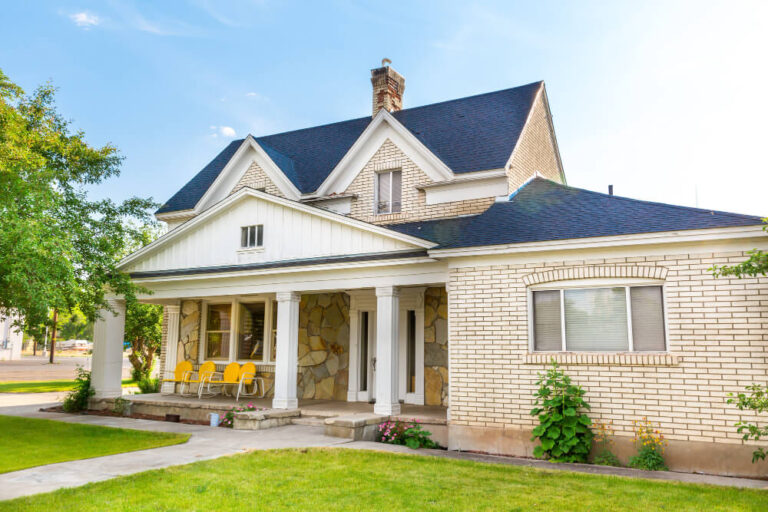With the cost of living expenses, the elderly may find their best option is to obtain a reverse mortgage. When an unexpected expense comes up and there isn’t enough money to pay the bills, this type of mortgage can help.
Borrowing money against equity on the house can be a scary prospect to those who don’t fully understand what reverse mortgages entail.
This article will explain what a reverse mortgage is, what the requirements are, and who qualifies.
Explaining the Reverse Mortgage Concept
Anyone who has taken out a loan from the bank or other lender knows that equity is a must have. Lenders will look at the borrowers finances, what they can offer for collateral, and how likely they are to be paid back for the loan. Mortgages are loans upon which the house and property act as collateral.
The difference with a is that it doesn’t become due until the owner passes away, moves, or sells the house.
If there is more than one owner, the reverse mortgage does not become due as long as there is still a remaining owner using the house as a primary residence.
As with a regular mortgage, the owner is responsible for insurance on the home and property taxes.
Reverse Mortgage Pros
The biggest pro of a reverse mortgage is that the owners continue to own the property while being able to access the equity on their home.
A regular mortgage must be paid back on time each month or accrue late fees.
Reverse mortgages do not require monthly payments.
When they become due, the original loan and interest must be paid back.
Another pro is that reverse mortgages make it possible to relieve financial strain among elderly home owners.
The loan isn’t due until the owners sell the house, move out of it, or are now deceased.
Until then, home owners can use the money to pay off medical expenses, to pay bills, to take a vacation, or anything of their own choosing.
What are the Reverse Mortgage requirements
A reverse mortgage normally requires that an individual be the age of 62 and older. Lenders prefer that the borrower owns the home outright with no liens on it.
If there is more than one owner, the youngest person must meet the age requirement of being at least 62 years old.
Each lender has their own requirements, so it would benefit the owner to shop around at different lenders to find the best one.
Are Reverse Mortgages for all kinds of houses?
Reverse mortgages are normally for single household homes. Multi-family homes are also accepted,as long as the owner resides in one of the units.
Other types of homes such as condos may not be allowed with all lenders.
The Cons of a Reverse Mortgage
Using the loan to make repairs to the house or to cover hefty medical expenses can quickly burn through the loan amount.
At some point, it can reach the value of the home at which point there is no more equity left to borrow against.
Homeowners who want to leave proceeds for their heirs may not have anything left after the sale of the house.
Also be aware that not all lenders are trustworthy.
There are some less than honest lenders who will try to convince elderly homeowners that they are part of a government program like the U.S. Department of Housing and Urban Development (HUD).
These unscrupulous lenders will try to pressure homeowners into accepting their loan terms that charge erroneous fees and high interest rates.
Don’t be fooled by these type of lenders.
HUD and other government agencies offer better interest rates than most private lenders and only charge interest.







